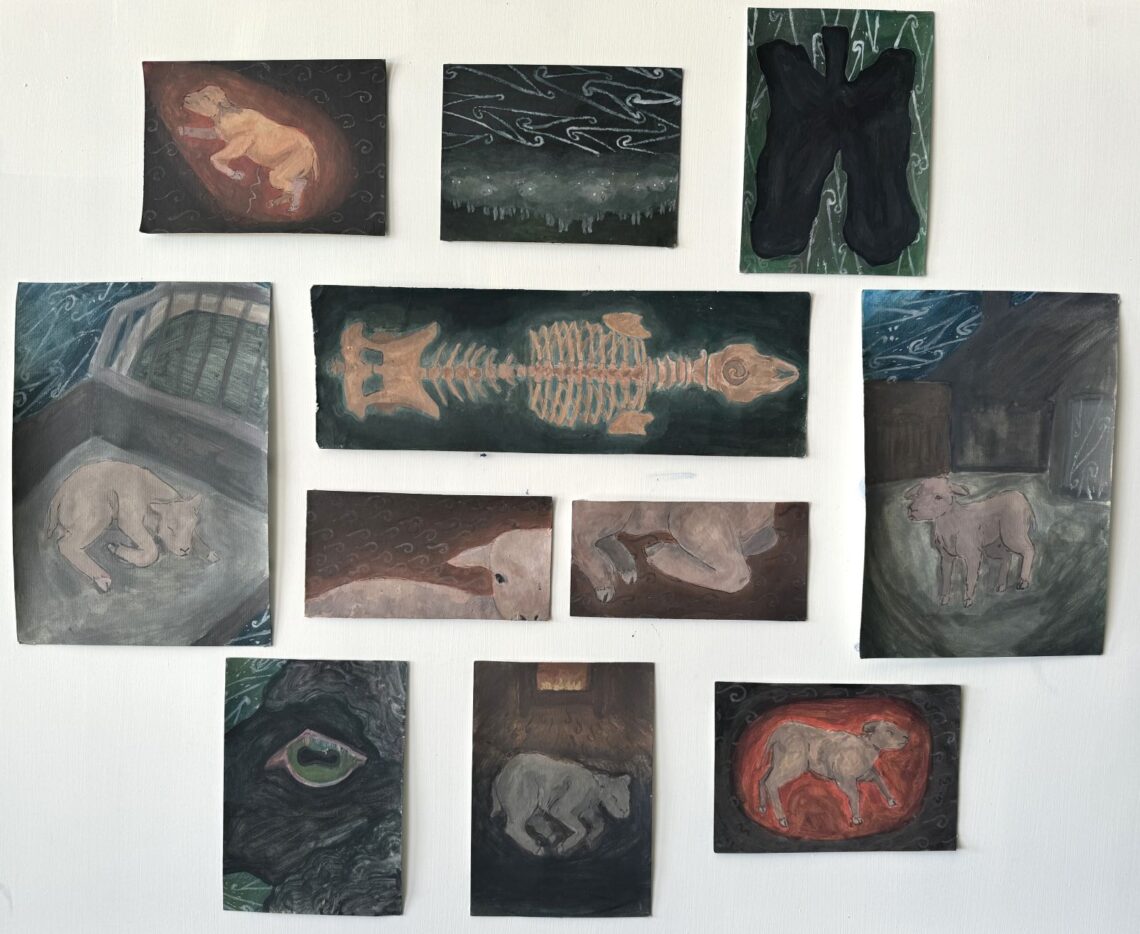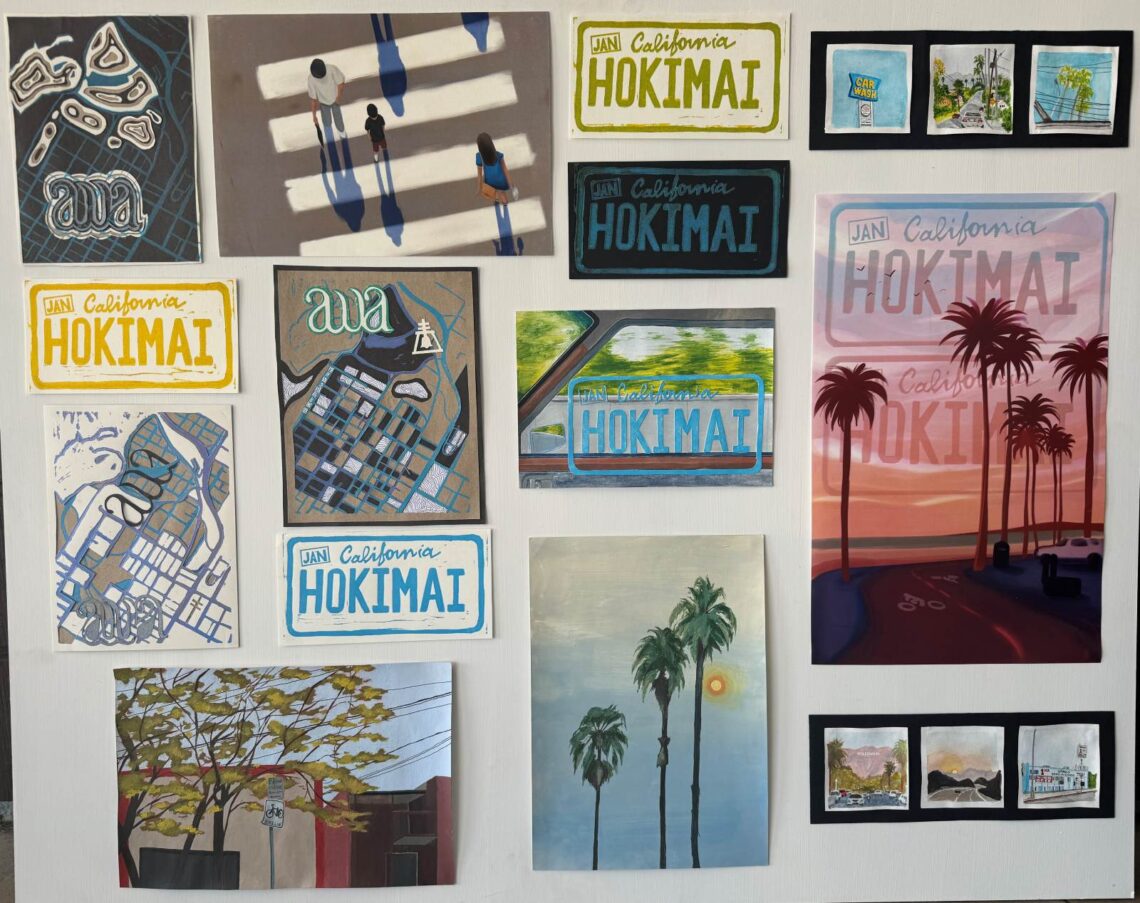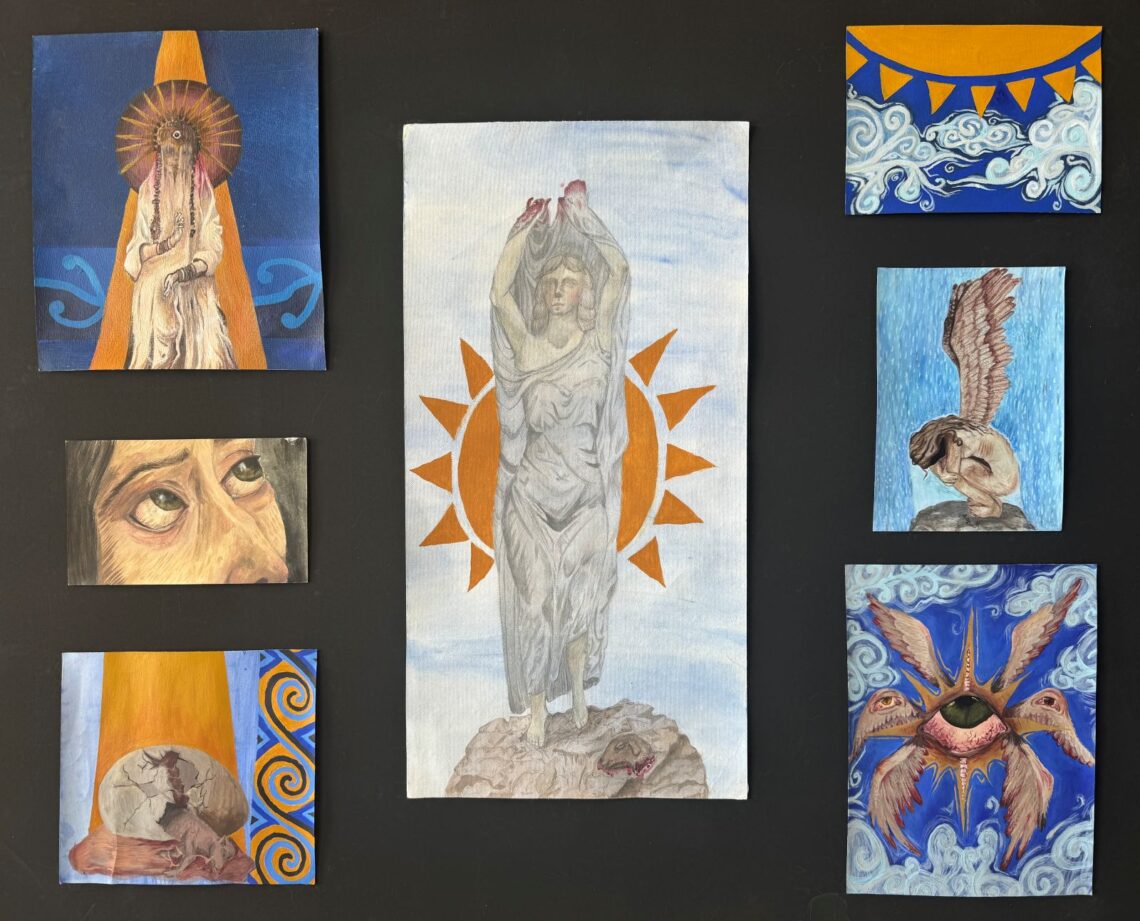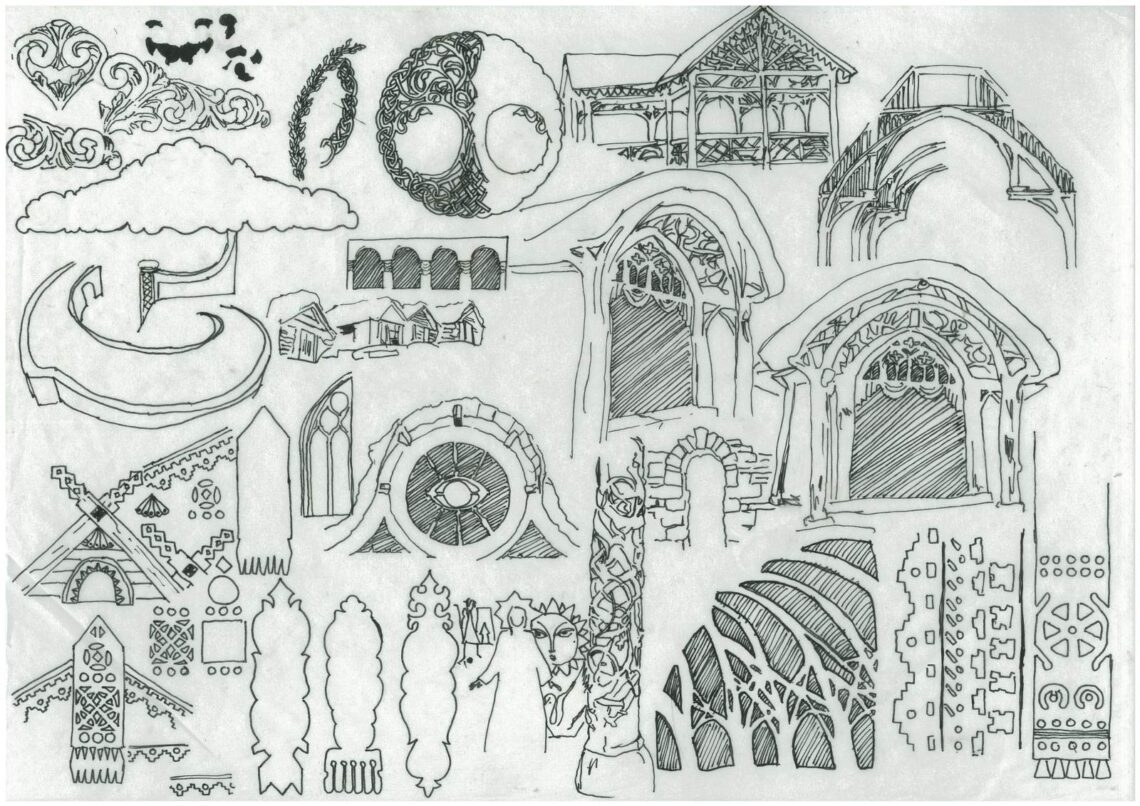Visual Arts
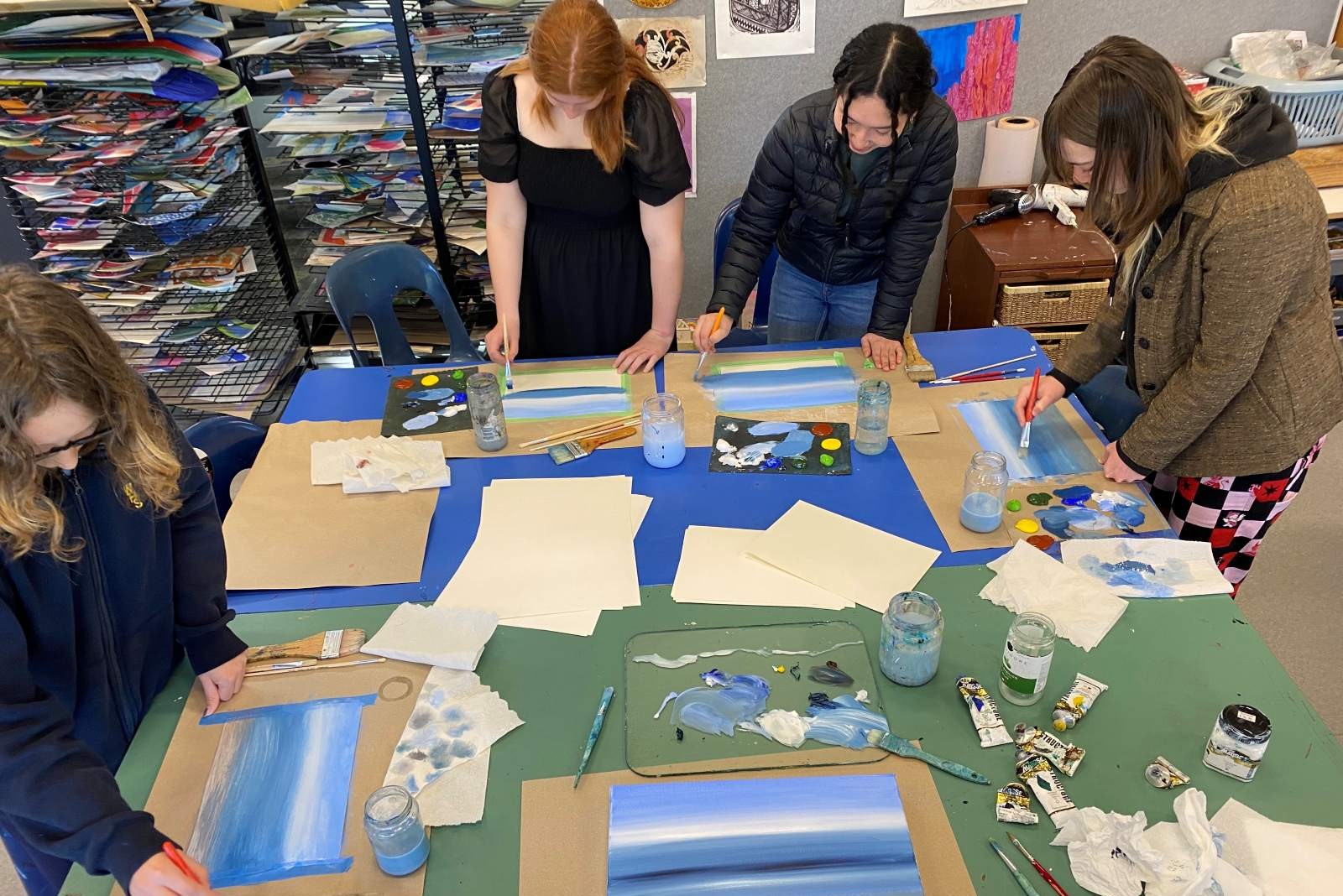
Through engaging in the visual arts, students learn how to discern, participate in, and celebrate their own and others’ visual worlds. Visual arts’ learning begins with children’s curiosity and a delight in their senses and stories, and extends to communication of complex ideas and concepts.
Māori visual culture is heavily explored as are the arts of European, Pasifika, Asian, and other cultures that add significant dimensions to New Zealand visual culture.
In visual arts education, students develop visual literacy and aesthetic awareness as they manipulate and transform visual, tactile, and spatial ideas to solve problems. They explore experiences, stories, abstract concepts, social issues and needs, both individually and collaboratively. They experiment with materials, using processes and conventions to develop their visual enquiries and create both static and time-based art works.
They view art works, bringing their own experiences, sharing their responses, and generating multiple interpretations. Their meaning making is further informed by investigation of the contexts in which art works are created, used, and valued. As they develop their visual literacy, students are able to engage with a wider range of art experiences in increasingly complex and conscious ways.
The visual arts develop students’ conceptual thinking within a range of practices across drawing, sculpture, design, painting, printmaking, photography, and moving image.
Art history may include a study of theories of the arts, architecture, and design. Theoretical investigations also inform practical enquiry. Opportunities to explore and communicate in the visual arts continue to expand as technologies and multi-disciplinary practices evolve.

